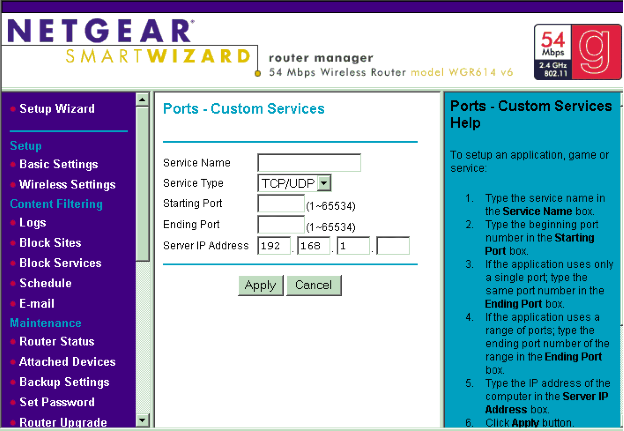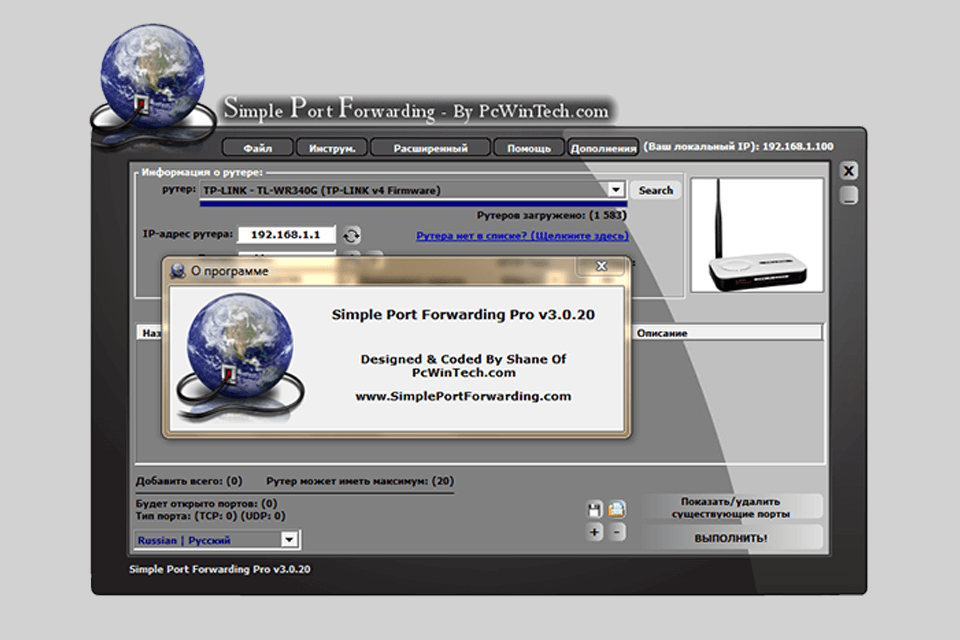


Then click the Query button to start the search.If using Oracle, enter: 1521 (older versions of Oracle may be using: 1525).If using Microsoft SQL Server, enter: 1433.Select the Manually input query ports option.Enter the Destination IP address of the database server used when installing Amlib (for example: tardis, 127.0.0.1, etc.).

Note: Replace C:\Amlib or C:\Netopacs with the actual path where the applications have been installed ZServer: C:\Zserver\Utility\PortQryUI\portqueryui.exe.NetOPACs: C:\Netopacs\Utility\PortQryUI\portqueryui.exe.Amlib Client: C:\Amlib\Utility\PortQryUI\portqueryui.exe.Launch the Microsoft Port Query program, which will be located:.Microsoft Port Query is an easy to use tool that enables you to test whether you can connect from a Workstation (or Web Server) to the database server, and whether the RDBMS is listening for connection requests. New-NetNat -Name HTTPS-NAT -InternalIPInterfaceAddressPrefix 192.168.100.0/24Īdd-NetNatStaticMapping -ExternalIPAddress "0.0.0.0/24" -ExternalPort 443 -Protocol TCP -InternalIPAddress "192.168.100.77" -InternalPort 443 -NatName HTTPS-NATĪfter executing these PowerShell commands, all HTTPS traffic that comes to port 443 of the Hyper-V host will be forwarded to the private IP address of the virtual machine.Check Communication to Database Server using Microsoft Port Query Then you need to connect the necessary VM to the specified vswitch and enable the address translation rule for all virtual machines connected through this Hyper-V virtual switch: New-VMSwitch -Name "HTTPS-NAT" -SwitchType NAT -NATSubnetAddress 192.168.100.0/24 To do this, use the Hyper-V StaticMapping commands.įirst you need to create a Virtual Switch with NAT: Suppose you want to redirect all https traffic that your Hyper-V host receives to the IP address of the virtual machine running on the host.
#PORT FORWARD UTILITY REVIEW WINDOWS 10#
When using the Hyper-V role on your computer (it can be installed on both Windows 10 and Windows Server, or as a free Hyper-V Server), you can configure DNAT port forwarding rules using PowerShell. The easiest way is to generate a list of netsh interface portproxy add commands with different port numbers in notepad and then paste them into the command prompt for execution. If you need to forward multiple ports, you will have to manually create multiple portproxy forwarding rules. Windows cannot forward a range of TCP ports. In Hyper-V, you can configure port forwarding on a Virtual Switch level (see below). Port forwarding rules can also be used to forward a port from the external IP address of a physical NIC to a port of a virtual machine running on the same host. So despite the browser is accessing the local computer, it opens a page from an external web server. Now if you go to in your browser, the CNN Start page will open. Netsh interface portproxy add v4tov4 listenport=5555 connectport=80 connectaddress= 157.166.226.25 protocol=tcp Netsh routing ip nat add portmapping Ethernet1 udp 0.0.0.0 53 192.168.100.100 53Īnother portproxy feature is an opportunity to make it look like any remote network service is running locally.įor example, let’s redirect the connection from the local port 5555 to a remote HTTP server with IP address 157.166.226.25 (CNN website): You can configure port forwarding between server interfaces using the graphical snap-in ( rrasmgmt.msc) or with the command: You can use Windows Server with the RRAS and NAT role installed to configure port forwarding for UDP traffic. Also you can’t use the loopback interface 127.0.0.1 as the connectaddress. You won’t be able to forward UDP ports this way. This forwarding scheme works only for TCP ports.


 0 kommentar(er)
0 kommentar(er)
